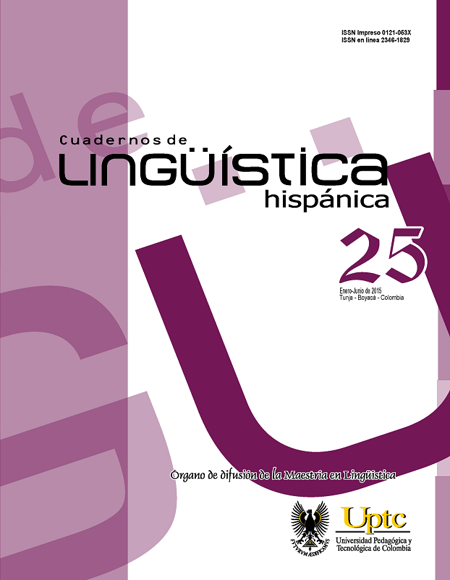Exploring students’ reactions when working teaching materials designed on their own interests

Abstract
The current article describes the findings of a qualitative, descriptive-case study which aimed to explore the reactions of a group of students, after using didactic materials designed according to their interests. The population consisted of a group of fourteen EFL learners who started fifth level in the extension area, at Instituto Internacional de Idiomas (IIDI) of UPTC. A diagnostic survey was applied at the beginning of the process, in order to verify the issue. The study was framed under action research principles aiming at articulating possible solutions to some observed classroom problems related to students’ attitude in front of the English learning. The instruments used to collect data were a diary, students’ artifacts, and a final survey. The findings evidence that it is relevant to take students’ interests into account when planning a course since they can become the motor to encourage and improve the teaching- learning process, however, this is not enough, students’ commitment plays the main role.
Keywords
Language teaching, English learning, teaching materials, and reactions.
References
- Cohen, L., & Manion, L. (1994). Research Methods in Education. London: Routtledge.
- Dudley-Evans, T. & St John, M. (1998). Developments in ESP: A multi-disciplinary approach. Cambridge: Cambridge University Press.
- Fiorito, L. (2005). Teaching English for Specific Purposes (ESP). Recover from: http://www.usingenglish.com/articles/teaching-english-for-specific-purposes-esp.html
- Hutchinson, T., & Waters, A. (1987). English for Specific Purposes: A learning-centered approach. Cambridge: Cambridge University Press.
- O’Brien, R. (1998). An Overview of the Methodological Approach of Action Research. Toronto: University of Toronto. Recover from: http://www.web.ca/robrien/papers/arfinal.html
- Krashen, S. (1981). Second Language Acquisition and Second Language Learning. Los Angeles: University of Southern California. Recover from: http://sdkrashen.com/content/books/sl_acquisition_and_learning.pdf
- Newsted, P., Huff, S., & Munro, M. (1998). Survey Instruments. MISQ Discovery. Recover from: www.ucalgary.ca/~newsted/tutor.htm and www.socialresearchmethods.net/kb/survtype.php
- Pandit, N. (1996). The creation of theory: A recent application of the Grounded Theory Method. The Qualitative Report,2(4). Recover from: www.nova.edu/ssss/QR/QR2-4/pandit.html
- Seliger, H., & Shohamy, E. (1989). Second Language research methods. Cambridge: Cambridge University Press.
- Wallace, M. (1998). Action Research for Language Teachers. Cambridge University Press.